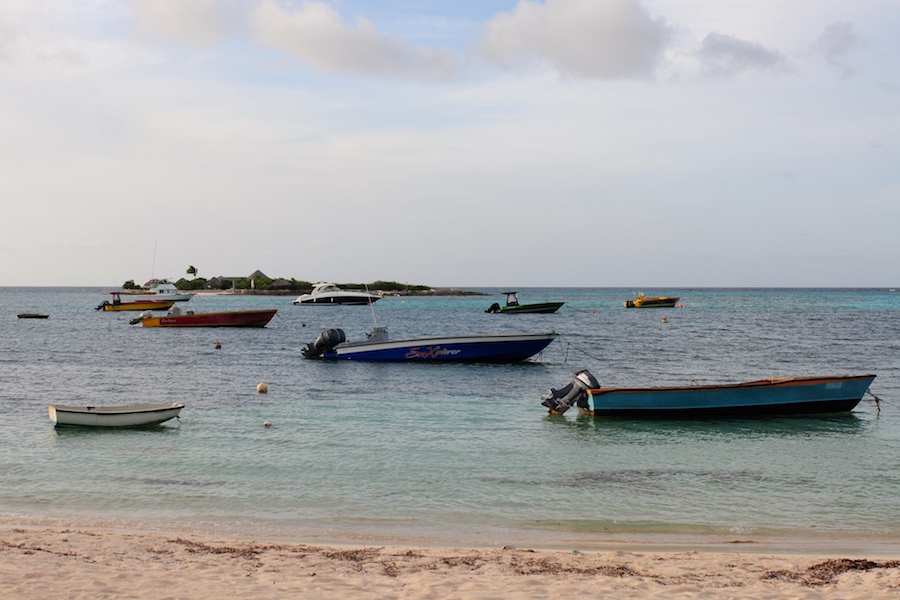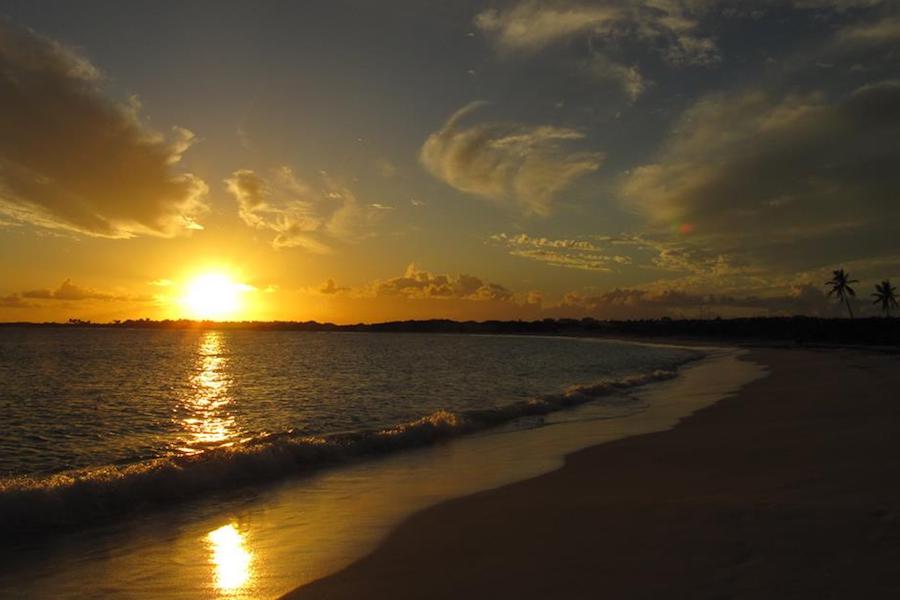Though little known among visitors, Anguilla’s southeast coast is considered a hot real estate commodity by expats and locals alike. Detached from the tourist trail, the area between Spanish Quarter and East End isn’t quite as tidy or as glitzy as The West. And yet, the fact that the wow effect here is perhaps one or two notches down from the never-never land levels of, say, Meads Bay, is precisely what many find most appealing about living and staying in Sandy Hill, Farrington or Sea Feathers. Not that there is anything wrong with the uncompromising comfort of the resort experience, but in the in the southeast there is a more genuinely Anguillan feel to everyday life—and that is definitely not a bad thing!
Farrington
Halfway between the end of The Valley, Anguilla’s version of an urban sprawl, and Sandy Hill, the first village along the Long Path eastwards, lies Farrington, a sparsely populated expanse of flat land adjacent to Long Pond which is as exciting as it is little known. According to the Anguilla Historical Society it owes its name to one John Farrington, a Quaker who like so many Anguillans in the mid 1700s migrated to Tortola in search of more favorable living conditions. Nothing else is known of the man, and the Farrington family seems to have bequeathed its low profile to the area that bears its name.
All of that, however, is just of archaeological interest. In practical terms there’s two factors that make this area particularly enticing: stretching all the way from Anguilla’s main throughway to the southern shoreline, Farrington boasts a tremendously convenient, relatively central location, within easy access of just about anything and anywhere on the island. Equally important is the fact that vantage points abound, making it an ideal place for a home or a commercial venture with spectacular views over the neighboring islands due south. The best part, however, is that the Farringtons enduring gift of discreetness means prices here are still remarkably low.
Sandy Hill
The bay at Sandy Hill is reminiscent of the earliest days of tourism in Anguilla, when small wooden fishing boats were still all you could find docked by the island’s main pier in Road Bay or even The Cove. Approximately 400 yards of sublime white sand gild the sharp bend of the beach, painting an idyllic picture of a naturally sheltered cove flanked by craggy bluffs and protected by the coral reef nearby.
Rising above the bay, immediately to the north, is the actual hill that gives the district its name, a small and gentle promontory that reaches approximately 100 feet at its highest. Once upon a time there was a “Sandy Hill Fort”, which possibly refers to a small fortification built by the Dutch in 1631, likely dismantled to recycle the material after the Spanish destroyed Fort Amsterdam (and the rest of Philipsburg) in 1634.
The most outstanding historical moment connected to Sandy Hill came, however, in 1796, when the French colonial governor Victor Hugues sent an army of 300 to 400 soldiers aboard two ships with the sole intention of wiping out the island. Driven partly by an eagerness to deal even a petulant blow on the British population in the region, and partly by a belated urge to exact revenge from Anguilla’s capture of St. Martin in 1744, the French beached on Rendezvous Bay and swept across the island causing devastating harm. The Anguillians retreated all the way to Sandy Hill, but in the process managed to send out word of the situation to St. Kitts, where the HMS Lapwing happened to be completing some mission. Captain Barton, in charge of the Lapwing, set out for Anguilla in all haste, arriving on the night of November 2. Unwilling to engage in a major military operation, and having already caused tremendous harm, the French decided to give up on Sandy Hill and head back to their boats. Alas, both the French brig and corvette were chased by the Lapwing, which destroyed them both, capturing 170 prisoners and causing yet another categorical French defeat on account of Anguilla.
These days there isn’t so much as a trace of the old fort, and while there used to be a police station atop Sandy Hill, even that has been sold off and transformed. But the roundabout at Sandy Hill is still very much the gateway to the island’s eastern quarters, a portal of sorts that opens up to the most genuinely local experience of Anguilla. Sandy Hill is not as manicured as the west, but in the rugged beauty of the bay and the village there is an irresistible charm. That is why the district is thriving, with its population almost doubling in the 21st century to the more than 1,000 people currently living there. Feel like you should join them? Just take a look at our properties for sale in Sandy Hill, Anguilla.
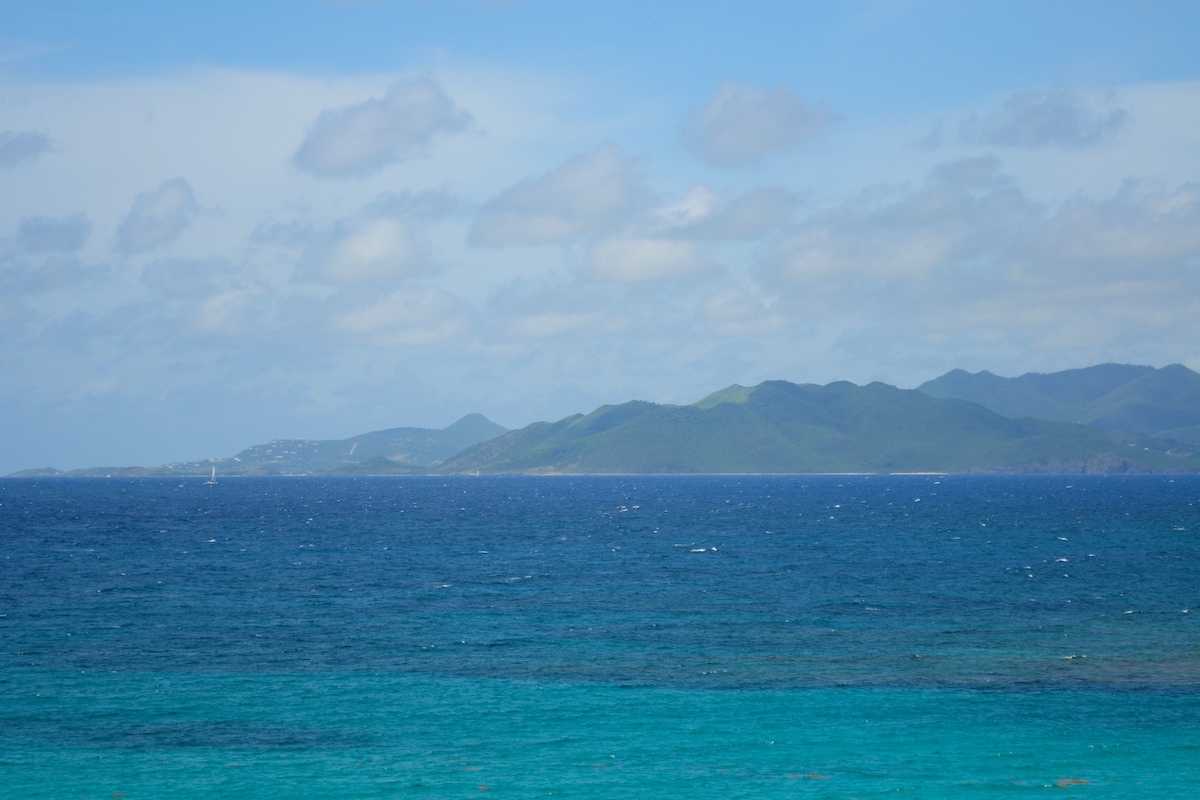
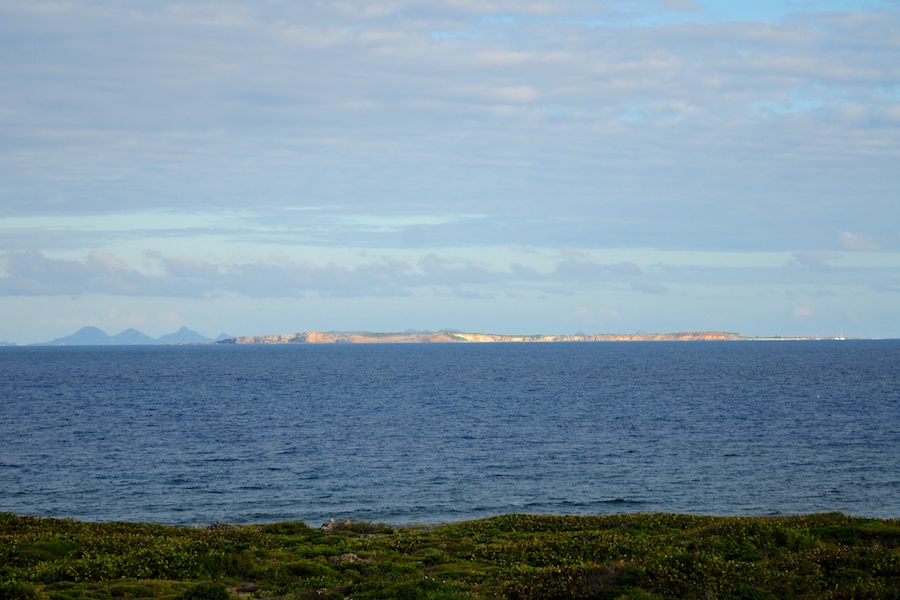

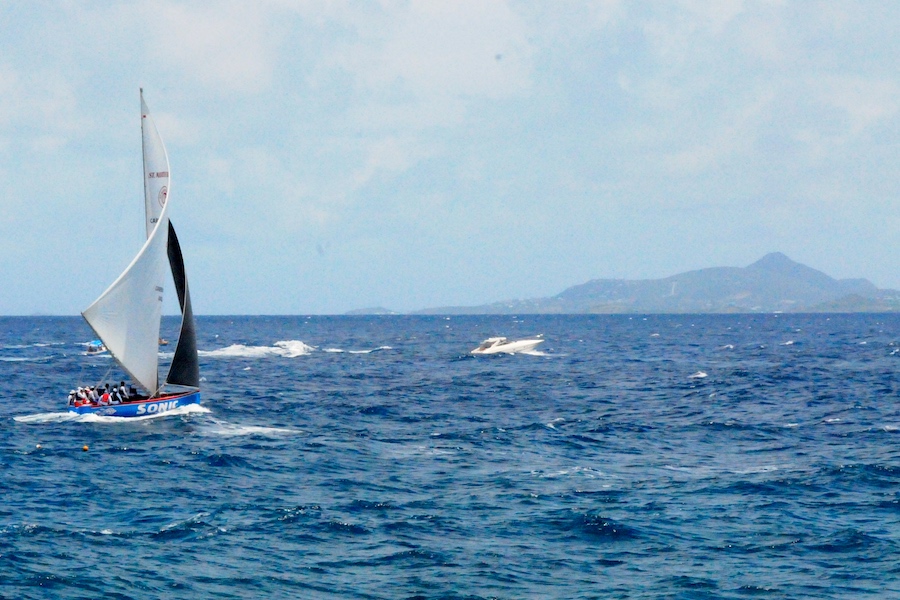
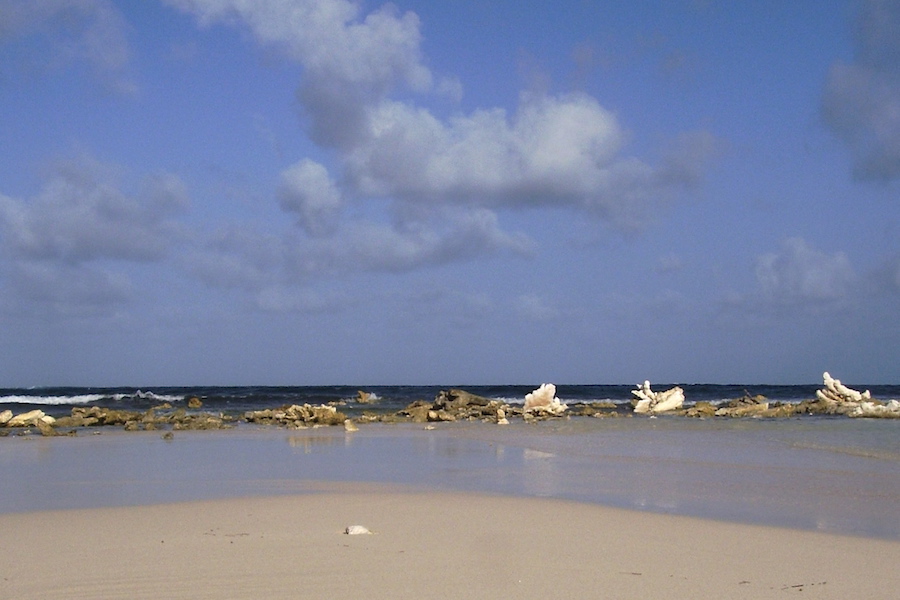
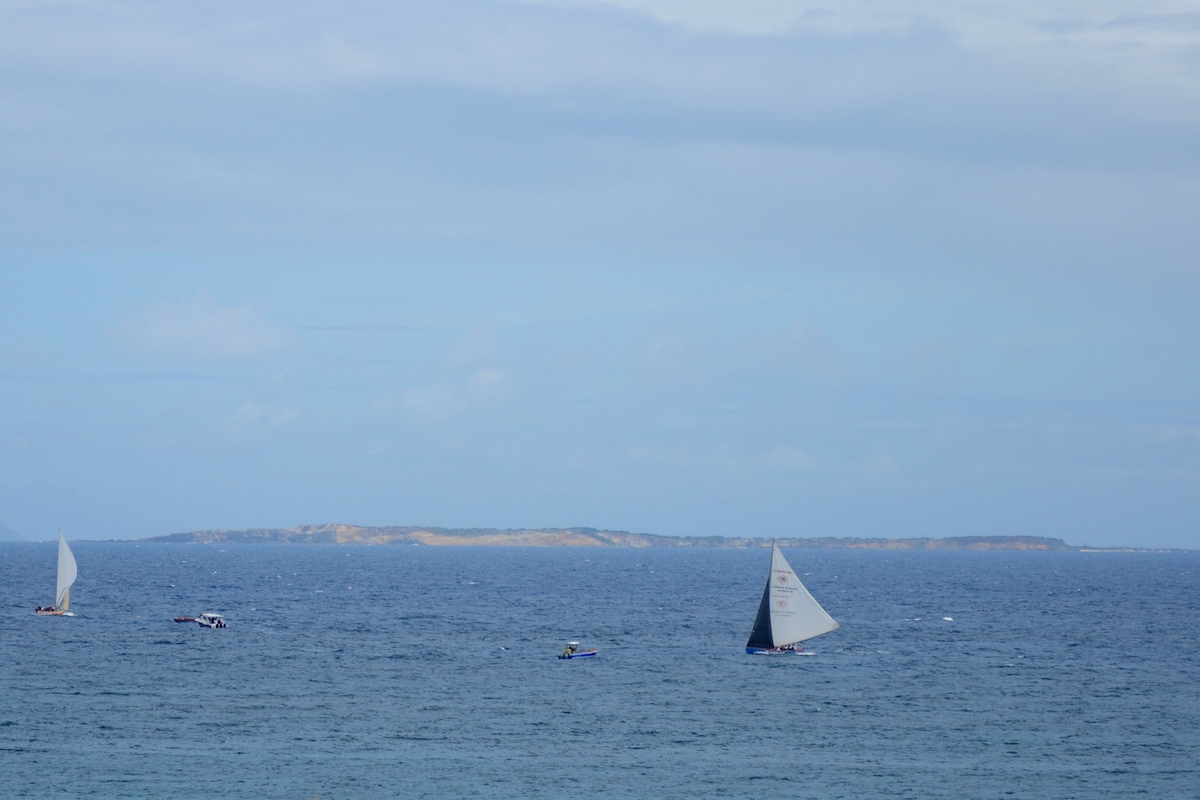

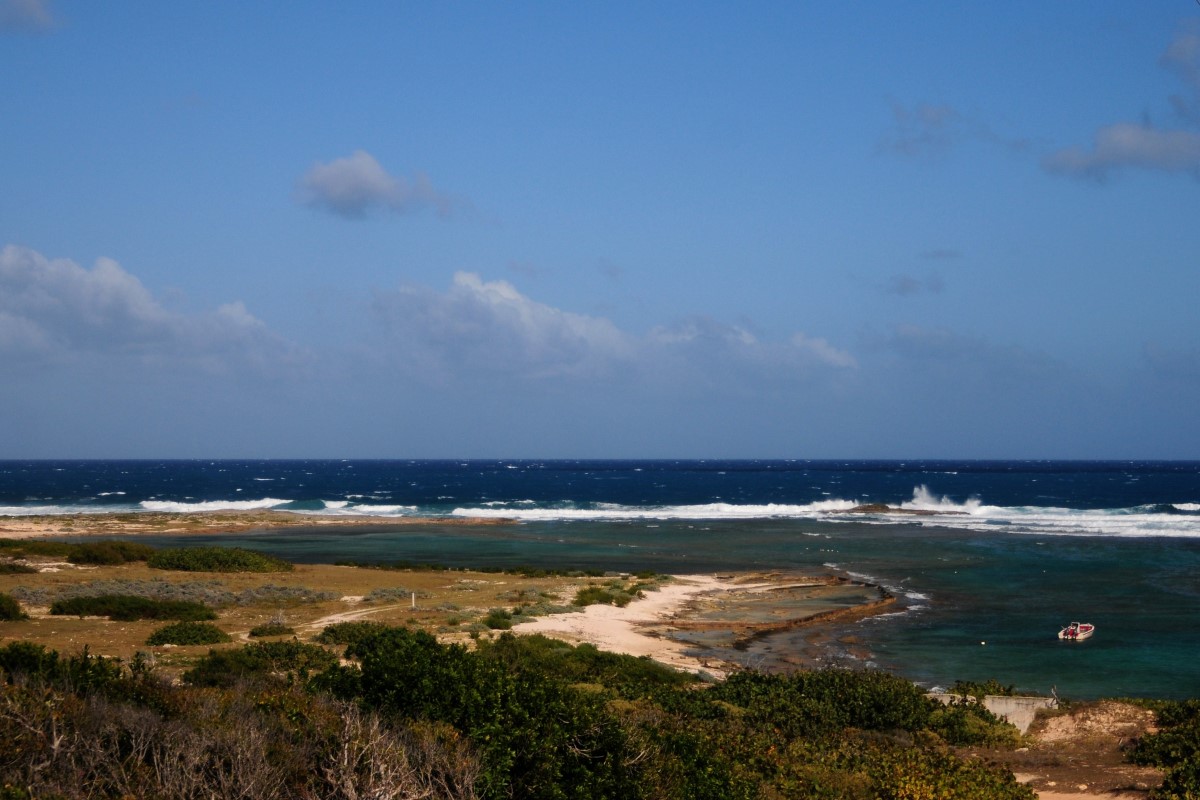

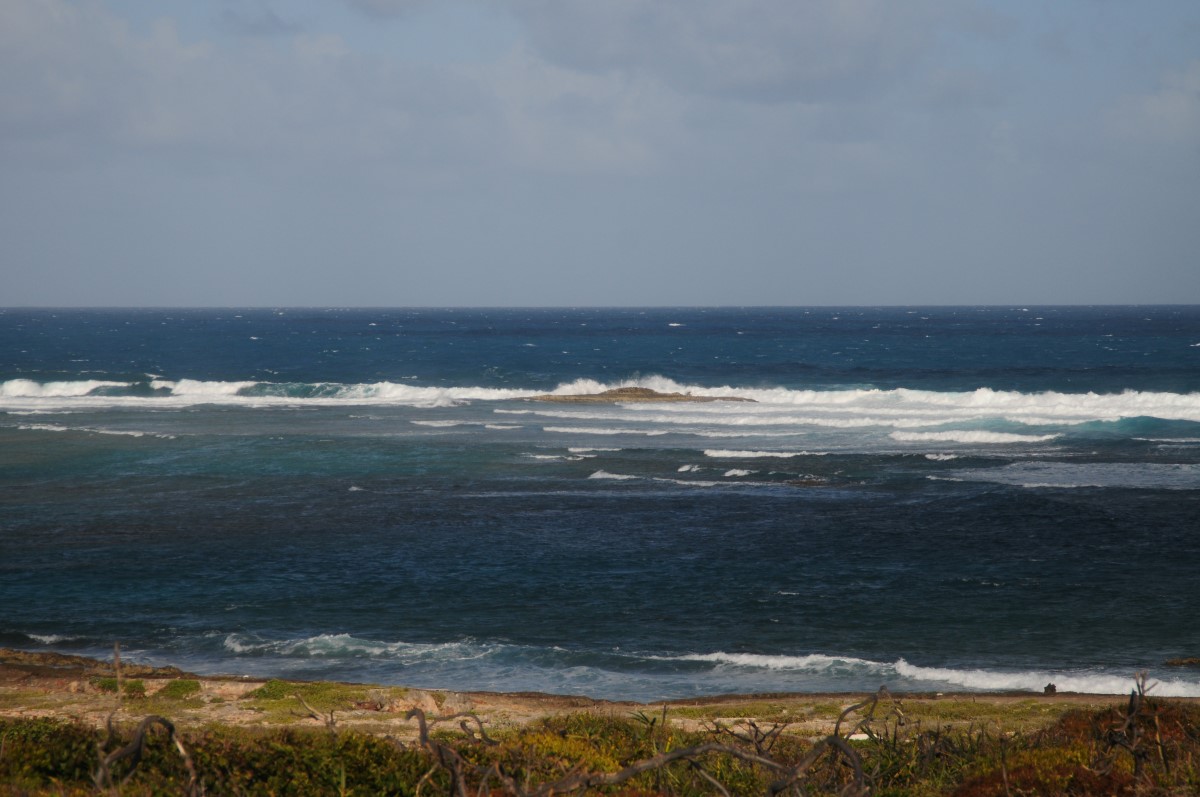
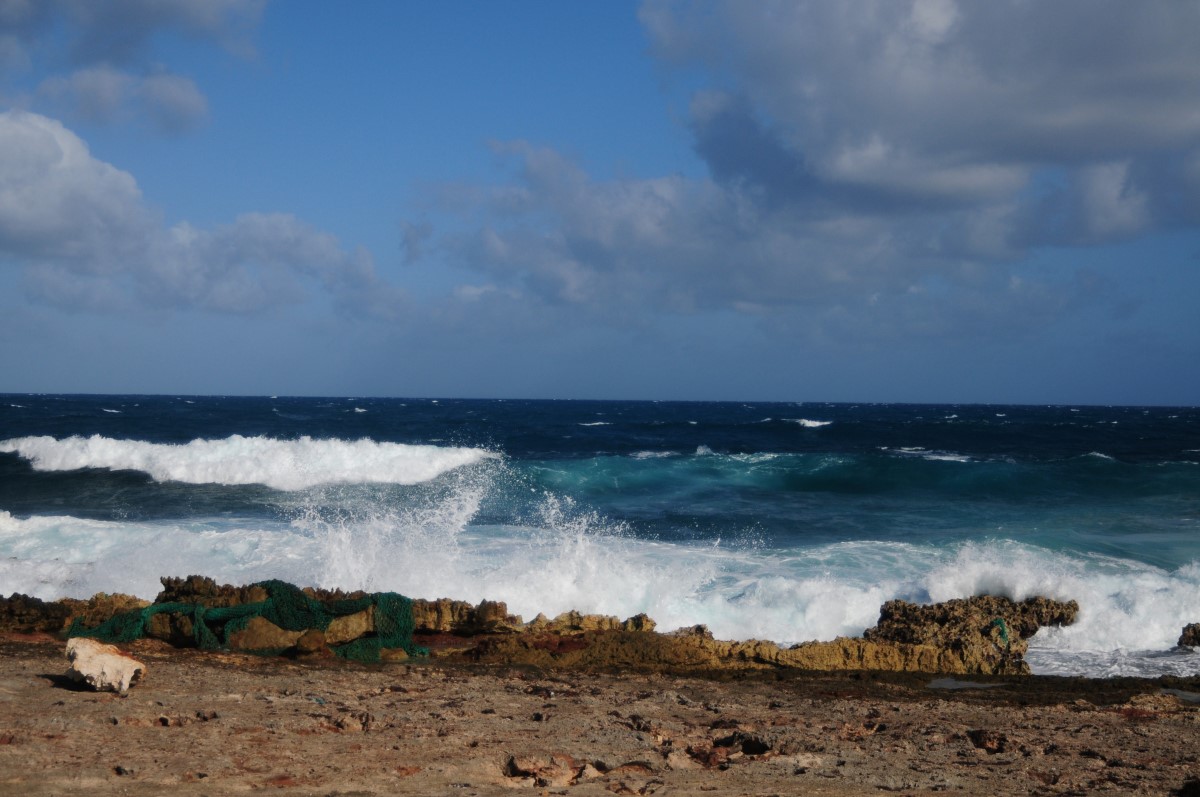
Sea Feathers
A direct product of Anguilla’s incorporation to modernity after the revolution of 1967–69, Sea Feathers is a relatively new neighborhood. Laid out over a previously barren area on the eastern portion of the island, this eminently residential zone traces a perfect grid (well, almost perfect, this is after all the Caribbean) and though some forty years in the making it continues to have a distinct edge to it.
First developed by Ronald Webster—revolutionary, politician and the single most important person in the modern history of Anguilla—the original set of twelve properties was meant to attract people and interest from abroad at a time when any injection of funds would have made a big difference. Indeed, among Sea Feathers’ first residents count some the island’s oldest friends, staunch supporters of Anguilla’s cause who played their role when it was most needed.
On the western end of the development lies Sea Feather Bay, probably not one of Anguilla’s most breathtaking beaches—though in truth its shaky reputation is also a product of it being compared to the likes of The Cove or even Sandy Hill Bay right across. Sheltered both from the Caribbean and Atlantic currents the small bank of sand features placid, tranquil seas and above all a terrific view of the island’s southern shoreline. The derelict remains of the onetime Hotel de Health provide the bare landscape with an alluring sense of mystery and add to its charm.
Ultimately, Sea Feathers might not be ideal for a day at the beach but a walk along the craggy coastline pays off amply as the waves crashing on the various caves and rocky formations create a wondrous spectacle. Also of note are the shifting views of the islands nearby—St. Martin, St. Barth, sometimes Statia and once or twice a year also St. Kitts in the distance. No two houses have the same view here, no matter how close they are to each other!
Thanks to stylish constructions such as Villa Gardenia, Sea Feathers has acquired a more sophisticated profile in recent years. Home to some prominent figures in the island’s small society and peppered with fascinating architectural interpretations of Caribbean chic, Sea Feathers is developing an eclectic identity of its own which is still in the making, as construction continues on the far (east) end of the area.
Sile Bay
There is little doubt that Anguilla’s next big boom will have its epicenter in the eastern portion of the island—that vague area shaped like the profile of an elephant’s head which goes from Windward Point, the island’s easternmost frontier, to Shoal Bay East on the north coast and Sandy Hill on the south one. Every so often plans surface to develop a major project in this area—a golf course, a super exclusive marina, that sort of stuff—but so far the conditions have never been harmoniously aligned. Undoubtedly, however, it’s just a matter of when rather than if the east joins in on the tourist gold rush.
Sile Bay, roughly halfway between Sandy Hill and Windward Point, is perfectly positioned to profit from the boom—when it comes. Though not the type of poster-face beach so often found on Anguilla’s shoreline, Sile Bay is just one cove removed from Savannah Bay, one of the most striking beaches not just in the eastern end of the island. Secluded but partially developed, Sile Bay is in an advantageous position compared to Savannah Bay, Windward Point Bay or even Captain’s Bay simply because of its location: far away but not completely isolated, it’s connected to East End village (and therefore the rest of the island) through a decent dirt road that makes it far more readily accessible than the others.
At night, this is as good a place for stargazing as you’ll find anywhere other that out at sea. If you stay up all night, the prize at the end of the near-complete darkness is the most privileged of views when sunrise comes. Sleep is a must at some point of the day but when exactly to get it is a tricky decision, at least in March and April, for the habitual migration route of humpback whales takes them near this portion of Anguilla’s coast every year. Sile Bay might be relatively far away from everything—but who needs a nightclub or a bar when you have so much natural entertainment.
Discover all our available properties in Farrington, Sandy Hill, Sea Feathers and Sile Bay.


